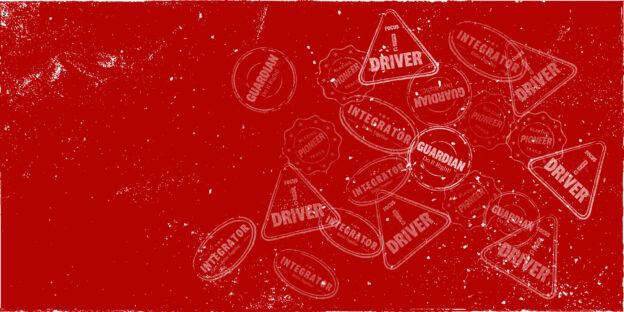Deloitte’s Business Chemistry and the Myers-Briggs Type Indicator (MBTI) are both tools used to understand personality types and preferences. While they are fundamentally different in their approaches and categorizations, some parallels can be drawn between them. Here’s a basic comparison.
This article was inspired by my time on the National Cyber Security Centre‘s NCSC for Startups accelerator programme on behalf of Cyber Tzar.
1. Drivers:
- MBTI Counterparts: This group might resonate with certain qualities of ENTJ (Commander) or ESTJ (Executive) types. Drivers are decisive, quantitative, and logical. They thrive on challenges and focus on end results.
2. Guardians:
- MBTI Counterparts: ISTJ (Inspector) or ISFJ (Protector) types might find some common ground here. Guardians are methodical, detail-oriented, and risk-averse. They value structure, loyalty, and tradition.
3. Integrators:
- MBTI Counterparts: ESFJ (Provider) or ENFJ (Giver) types share similarities. Integrators value connections, consensus, and relationships. They aim for harmony and often play the role of peacemakers.
4. Pioneers:
- MBTI Counterparts: ENFP (Champion) or ESTP (Dynamo) might see some overlap. Pioneers are outgoing, spontaneous, and adaptable. They love brainstorming, exploring new ideas, and are generally very enthusiastic.
However, while these parallels can provide a starting point, it’s essential to remember that the two tools are inherently different:
- Scope: MBTI primarily focuses on cognitive functioning and how people perceive the world and make decisions. In contrast, Business Chemistry is designed specifically for the business context, addressing how individuals interact in professional environments.
- Dimensions: MBTI evaluates on four dimensions (Extraversion/Introversion, Sensing/Intuition, Thinking/Feeling, Judging/Perceiving), resulting in 16 personality types. Business Chemistry simplifies this to just four primary types.
- Fluidity: Business Chemistry acknowledges the possibility of individuals displaying characteristics from multiple types, with a dominant and secondary style, whereas MBTI tends to place individuals in one of the 16 categories.
In conclusion, while some mapping can be done between Deloitte’s Business Chemistry and MBTI, they are distinct tools with different purposes and frameworks. It’s always useful to approach such mappings with caution and understand that they can offer complementary, rather than equivalent, insights.
